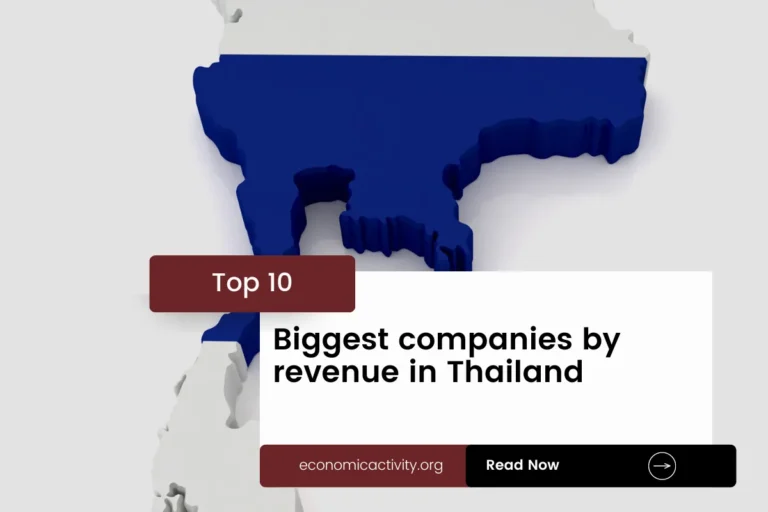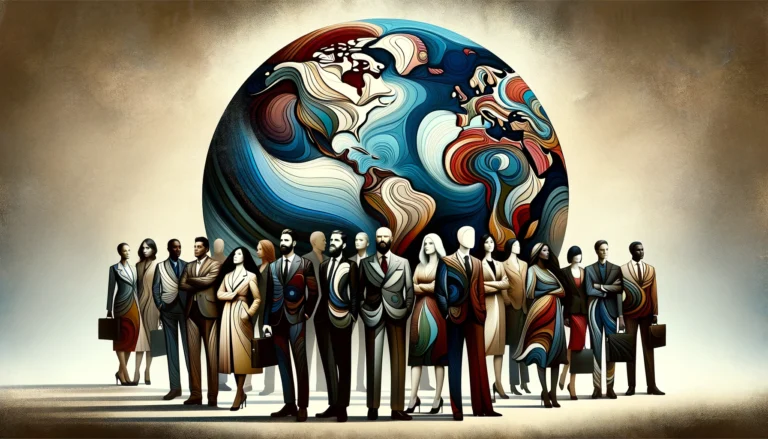Pakistan, with a population of 235,824,862, is ranked 5th in the world, just behind Indonesia. Located in South Asia, it covers a total area of 796,100 square kilometers, ranking 34th globally, just behind Mozambique.
Pakistan’s economic position in 2022 showcases a GDP of $374,697,366,359.24, ranking it 40th globally, trailing behind Denmark with a GDP of $400,167,196,948.70. In terms of GDP per capita, Pakistan ranks 154th with $1,588.88, falling short of Senegal, which ranks 153rd with a GDP per capita of $1,598.73.
Despite its ranking, Pakistan’s economy continues to show resilience and potential for growth in various sectors.
What are the economic activities of Pakistan?
- Primary activities: 24.4% of GDP.
- Secondary activities: 19.1% of GDP.
- Tertiary activities: 56.5% of GDP.

Primary Sector of Pakistan
Pakistan’s primary sector, particularly agriculture, thrives due to its diverse climate and abundant natural resources. With 47.09% of the country’s land dedicated to agriculture, Pakistan produces a variety of crops and animal products. The main agricultural products include sugarcane, bison milk, wheat, milk, rice, maize, potatoes, mangoes/guavas, cotton, and onions.
Despite contributing 24.4% to the GDP, agriculture remains a vital sector in Pakistan. The variety of crops and animal products not only sustains the economy but also provides livelihoods to a significant portion of the population.
The country’s diverse geology provides a range of natural resources, including arable land, extensive natural gas reserves, limited petroleum, poor quality coal, iron ore, copper, salt, and limestone. These resources play a crucial role in the economy, with agriculture, mining, and energy sectors benefiting significantly.
Pakistan’s oil production of around 82,514 barrels per day ranks it 29th globally. With oil reserves of 353.5 million barrels, it holds 0.03% of the world’s oil reserves. Oil production is a key economic activity in the country, contributing significantly to its energy sector.
Pakistan’s gas production of 39,300 million m³ in 2020 ranks 23rd globally, contributing significantly to the country’s economic activity.
Secondary Sector of Pakistan
What is the secondary sector or what are secondary activities?
The secondary sector includes industries that transform raw materials from primary activities into finished products for consumption or export. In Pakistan, main industrial products are textiles, food processing, pharmaceuticals, surgical instruments, construction materials, paper products, fertilizer, and shrimp.
Manufactures play a crucial role in Pakistan’s total exports, accounting for 70.96% in 2023. This highlights their significant contribution to the country’s economic growth and stability.
Tertiary sector of Pakistan
What is the tertiary sector or what are tertiary activities?
The tertiary sector in Pakistan encompasses services that provide knowledge and expertise to enhance productivity and meet needs. Key activities include healthcare, education, banking, communication, media, and tourism. These sectors play a crucial role in the country’s economic development and social progress.
Of particular importance, Pakistan’s tourism industry plays a crucial role in its economy. Despite a low tourist-to-population ratio, the country boasts mesmerizing destinations like the ancient Badshahi Mosque in Lahore and the breathtaking Hunza Valley in Gilgit-Baltistan, attracting visitors worldwide and generating substantial revenue.
Another example of tertiary economic activity is the mobile cellular sector, with approximately 193 million subscriptions, supporting technological growth by enhancing communication, fostering innovation, and driving digital services expansion.
Military Activities and Economic Sectors of Pakistan
The military is a clear example of many economic activities working together. In the primary sector, resources are extracted for military use, like metals for weapons. The secondary sector includes the manufacturing of military equipment, such as tanks and aircraft. The tertiary sector involves services provided by the military, including logistics and training. Research and development in the quaternary sector help improve technology, while high-level decision-making in the quinary sector shapes military strategy.
In Pakistan, the military expenditure for 2023 is 8,521.2 million US dollars, which is 2.63% of the country’s GDP. The active military force has 660,000 personnel, resulting in about 6.2 active military members for every 1,000 people in the population.
Biggest company in Pakistan
Which is the biggest company in Pakistan? The largest company is Bank Muscat SAOG, with a market value of 5.74 billion USD. It operates in the banking industry, which is part of the tertiary economic sector. Bank Muscat was founded in 1982, providing financial services to customers.
International Trade of Pakistan
Import Activities of Pakistan

Pakistan’s import activities are highly important, with imports totaling $50,009,391,529 in 2023, equivalent to 22.5% of the country’s GDP.
Pakistan’s import activities are significant, with major partners including China, UAE, Indonesia, Saudi Arabia, and Kuwait. The country mainly imports refined petroleum, crude petroleum, natural gas, palm oil, and cotton.
Exports Activities of Pakistan

In 2023, Pakistan’s total exports reached $28,746,392,443.93, accounting for 10.55% of its GDP. With a low export contribution, diversifying and boosting export activities can significantly enhance economic growth and stability.
Pakistan’s export activities focus on garments, fabric, cotton fabric, rice, and refined petroleum. The country’s top export partners are the US (17%), Germany (7%), China (7%), UAE (7%), and UK (6%).
Pakistan economy challenges in 2024
In 2024, Pakistan faces challenges with high debt, corruption, currency devaluation, food insecurity, and inflation. Its fragile agriculture sector and regional disputes hinder investment, impacting its lower middle-income economy.




Leave a Reply